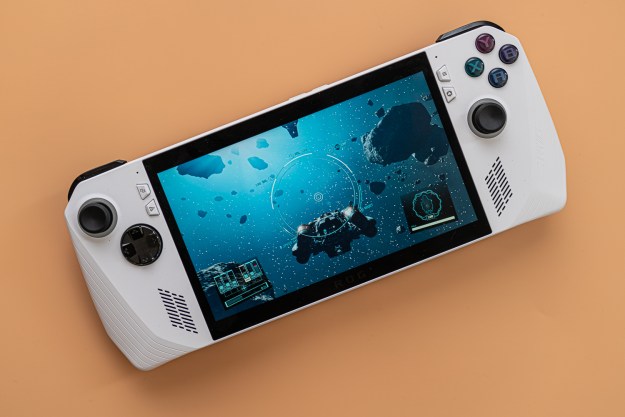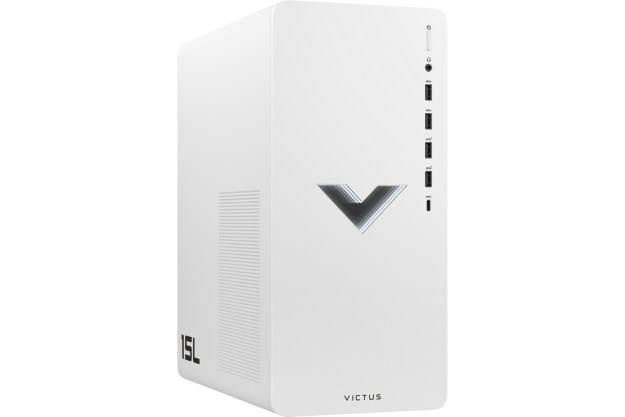If you’re a mathematician, then March 14 is probably one of your favorite days of the year. It’s Pi Day, maybe the only officially recognized celebration of a number and, in addition to feasting on a real pie, it’s also an opportunity to celebrate the influence of math and science on technology. If you’re the Raspberry Pi Foundation, then it’s also a great day to introduce a new member of its single-board computer family.
This time around, it’s the Raspberry Pi Model B+, the newest version of the Raspberry Pi 3 Model B that was first introduced roughly two years ago. As the foundation points out, it usually releases “plus” models after a couple of years with improved specs and functionality, and the Raspberry Pi 3 is the next in line to receive the same treatment.
The Model B+ updates include improvements in the diminutive computer’s performance, including incorporating an updated version of the Broadcom application processor, the BCM2837B0, that is 200MHz faster and builds in power integrity optimizations and a heat spreader that allows it to run so much faster. In addition, the Cypress CYW43455 combo Wi-Fi and Bluetooth chip improves wireless performance, particularly on the 5GHz band. It also uses new metal shielding that’s certified under Federal Communications Commission regulations, making conformance testing of Raspberry Pi solutions easier and less costly.
There are a host of other improvements as well, including faster wired Ethernet connectivity, Power over Ethernet (PoE) support, and general thermal improvements that should make for a generally faster and more stable single-board computer. If you’re looking to build a Raspberry Pi project, then you’re going to find it to run faster and more reliably — always a good thing.
Here are the complete specifications for the Raspberry Pi 3 Model B+:
| SoC: | Broadcom BCM2837B0 |
| CPU: |
Cortex-A53 @ 1.4GHz |
| RAM: |
1GB LPDDR2 |
| Wireless: |
802.11ac and Bluetooth 4.2 |
| Wired: |
1GB Ethernet over USB 2.0 |
| Connectivity: |
4 x USB 2.0, HDMI, CSI camera port, DSI display port, 4-pole stereo output and composite video port, microSD, Extended 40-pin GPIO header |
| Power: |
5V/2.5Am DC power input |
If you’re looking to kick off a Raspberry Pi project, then you will be happy to know that the Raspberry Pi 3 Model B+ remains available at the same low $35 price. It’s available for purchase, meaning that you can get started right away on that artificial intelligence-powered smart mirror you have been wanting to build.


